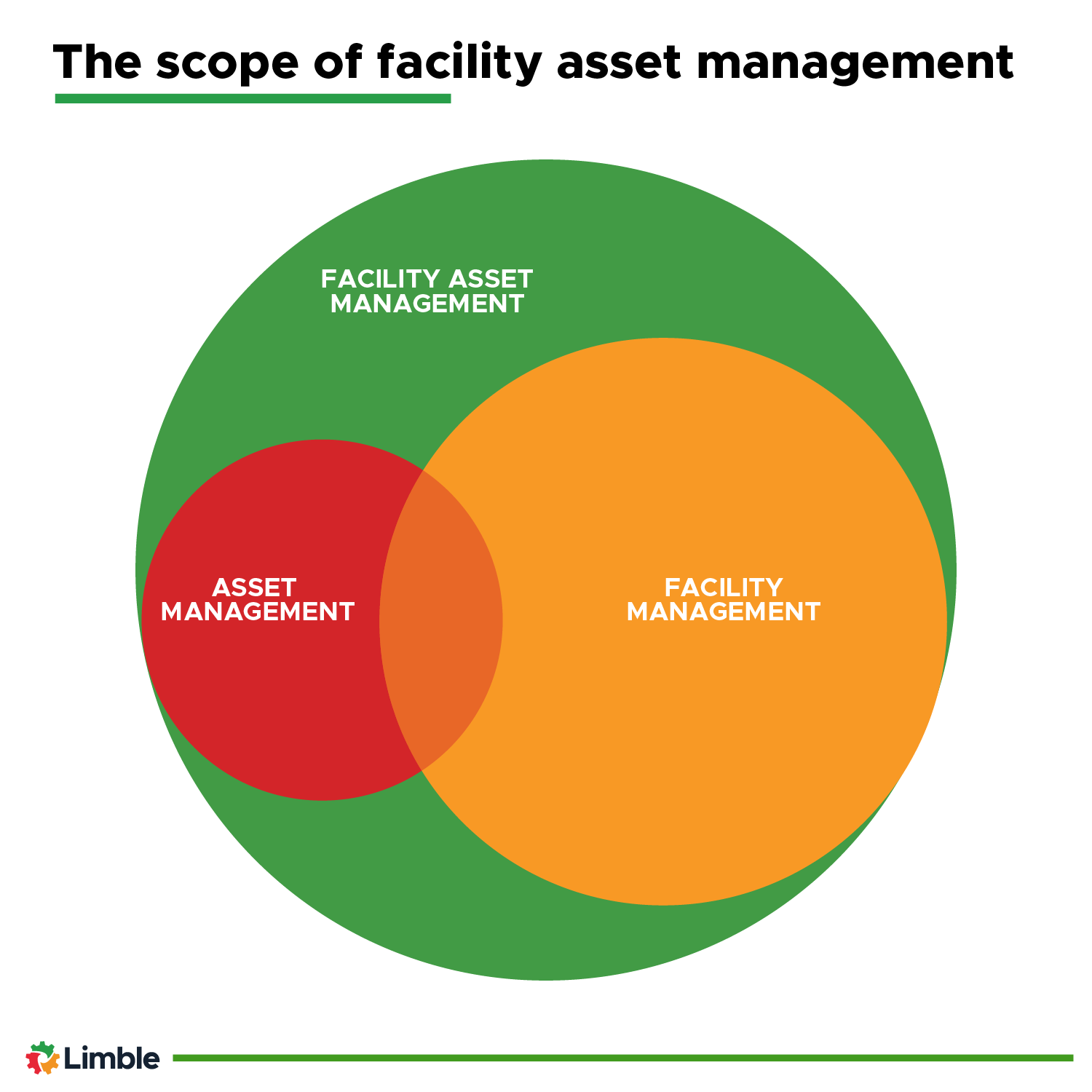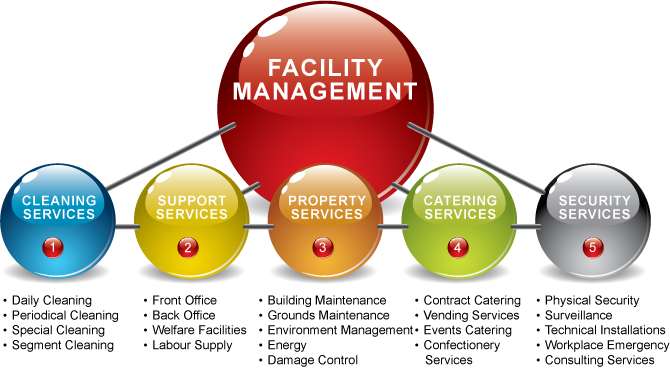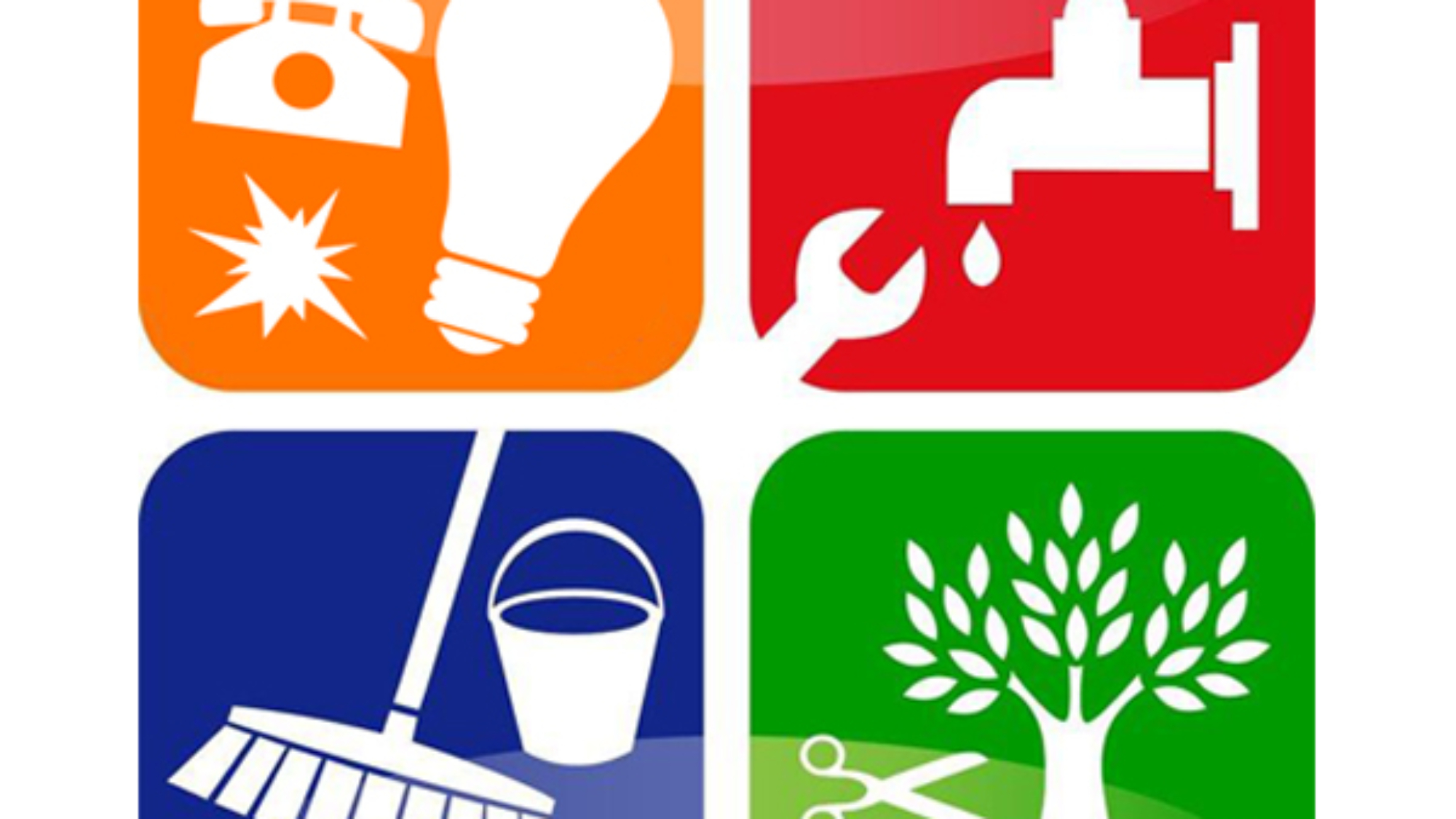The Important Overview to Facility Management: Approaches for Success
Facility monitoring plays a crucial duty in the general success of an organization, functioning as the foundation that sustains safety, efficiency, and productivity. By using tactical strategies such as incorporated technical remedies and promoting cross-departmental cooperation, organizations can substantially boost their functional structures. The nuances of efficient center management extend beyond plain logistics and require a detailed understanding of both measurable and qualitative metrics. As we check out these important techniques, a closer examination exposes exactly how they can transform not just centers, however the very society within an organization itself. What might these improvements resemble in practice?
Understanding Center Monitoring
What constitutes effective center administration? Effective facility administration includes the coordination of different organizational functions to make certain that constructed settings are safe, effective, and for productivity. It incorporates the concepts of design, organization, and style management to produce a seamless operational flow within a company.
Key components of facility administration consist of area preparation, maintenance management, and conformity with wellness and security policies. Room preparation concentrates on maximizing the usage of physical sources to sustain organizational objectives, while upkeep monitoring guarantees that centers are maintained in optimal condition, making the most of life expectancy and reducing operational expenses. Conformity with lawful and regulative standards is essential, as it safeguards the organization against potential obligations and boosts its reputation.
Moreover, efficient center monitoring relies upon the calculated use innovation, such as Building Monitoring Equipment (BMS) and Computer-Aided Facility Administration (CAFM) tools. These innovations facilitate real-time monitoring of structure systems and enhance maintenance processes (Facility Management). Eventually, a thorough method to center management not just advertises functional efficiency yet also promotes a favorable atmosphere for employees and site visitors alike, driving total organizational success

Trick Techniques for Optimization
Maximizing facility administration requires a tactical approach that aligns functional methods with business goals. To achieve this, the first essential method is the implementation of incorporated technical remedies. Making use of advanced software application systems enables real-time monitoring of center operations, promoting data-driven decision-making and enhancing total efficiency.
Second of all, routine assessments of center performance are essential. Conducting routine inspections and audits makes it possible for facility supervisors to determine locations that require enhancement, making sure that sources are allocated successfully. This positive approach assists in decreasing downtime and improving solution shipment.
Another critical technique is promoting partnership throughout departments. By motivating open communication between groups, center managers can better straighten their techniques with business objectives, bring about boosted functional harmony. In addition, engaging staff in training programs advertises a culture of responsibility and boosts their capability to contribute to optimization initiatives.
Enhancing Safety And Security Methods
Strengthening safety and security procedures is necessary for developing a secure setting within facilities. A detailed security protocol not only safeguards employees and site visitors but also enhances operational effectiveness. Facility Management. To achieve this, facility supervisors should conduct regular threat evaluations to identify prospective risks and ensure that ideal actions remain in place

Additionally, clear communication channels need to be developed to report security problems without delay. This consists of developing an accessible system for staff members to voice potential threats or cases without worry of reprisal. Leveraging modern technology can improve safety and security actions; for instance, executing monitoring systems and access controls assists monitor facility tasks and limit unapproved entrance.
Last but not least, conformity with local policies and market criteria is non-negotiable. Normal audits and evaluations of safety methods make sure alignment with present laws and best methods. By focusing on these approaches, facility supervisors can cultivate a culture of security that protects all stakeholders and ultimately adds to the company's success.
Improving Office Atmosphere
A favorable office atmosphere dramatically enhances worker spirits and productivity, making it a critical emphasis for center administration. To produce such an atmosphere, facility managers must prioritize a number of crucial components, including comfort designs, aesthetic appeals, and employee engagement.
Ergonomic factors to consider are vital to lessen physical strain and discomfort. This entails offering flexible furniture, proper illumination, and sufficient room for activity. These adjustments can lead to minimized absenteeism and raised task complete satisfaction.
Appearances play a vital function in forming the workplace environment. Making use of shade psychology, natural lights, and plant can promote a boosting and inviting atmosphere. Thoughtfully designed rooms can boost imagination and enhance total health.
Moreover, motivating worker engagement through comprehensive decision-making procedures can improve the feeling of ownership and belonging. Collecting feedback on workplace improvements and entailing employees in the design process can cause Your Domain Name an extra tailored atmosphere that fulfills their needs.
Finally, advertising wellness initiatives, such as wellness programs and leisure areas, can better contribute to a helpful workplace culture. By concentrating on these approaches, facility supervisors can properly enhance the office environment, driving both employee complete satisfaction and business success.
Measuring Success in Facilities
Measuring success in facility administration requires a comprehensive method that reviews both qualitative and measurable metrics. Quantitative metrics generally consist of key performance indications (KPIs) such as room usage prices, power consumption, upkeep expenses, and occupancy degrees. These metrics give a clear image of functional effectiveness and financial efficiency, enabling facility managers to determine locations for improvement and criteria against market requirements.
Qualitative metrics, on the other hand, concentrate on customer complete satisfaction and worker engagement. Studies and responses systems can determine exactly how well the centers meet the demands of residents, helping to analyze the total workplace atmosphere. This element is critical, as a satisfied workforce is usually connected to enhanced efficiency and retention prices.
To successfully measure success, facility supervisors ought to also think about integrating modern technology, such as building administration systems and information analytics tools, to gather and assess appropriate information. Regularly reviewing both sets of metrics permits for an extra well balanced sight of efficiency and informs strategic decisions. Ultimately, a successful facility monitoring strategy hinges on a dedication to constant renovation, guaranteeing that both operational performances and user complete view it now satisfaction are focused on.

Conclusion
Finally, reliable center administration is essential for boosting organizational performance. By carrying out integrated technological services, why not check here performing regular analyses, and promoting cooperation throughout divisions, companies can accomplish optimum resource allowance and functional performance. Focusing on security procedures and improving work environment atmospheres additionally add to increased employee fulfillment. Finally, measuring success via both qualitative and measurable metrics enables continuous enhancement, inevitably resulting in lowered functional expenses and a more effective business atmosphere.
Facility administration plays an essential role in the total success of an organization, serving as the backbone that supports effectiveness, performance, and safety and security.Secret elements of facility administration include space planning, maintenance monitoring, and conformity with wellness and safety and security guidelines.In addition, reliable facility management depends on the calculated usage of modern technology, such as Structure Monitoring Equipment (BMS) and Computer-Aided Center Management (CAFM) devices. Eventually, an extensive approach to center management not just advertises operational efficiency but likewise cultivates a favorable atmosphere for visitors and staff members alike, driving general organizational success.
Ultimately, an effective facility monitoring strategy pivots on a dedication to continual enhancement, making certain that both functional effectiveness and customer contentment are prioritized.